When Yo Throw Out Beef in Fridge
When to Toss Food Out
Medically Reviewed by Kathleen M. Zelman, MPH, RD, LD on August 04, 2020
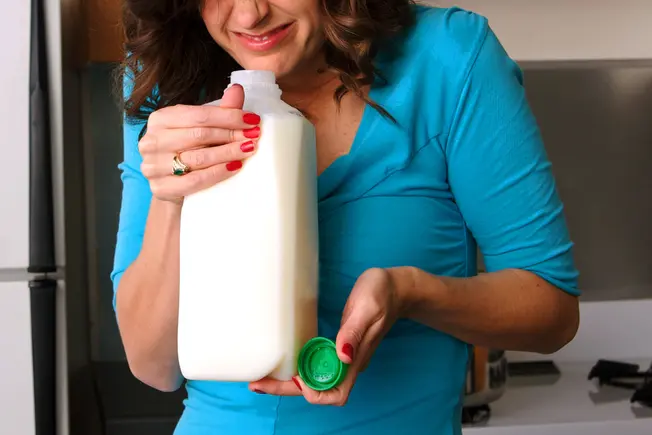
The Sniff Test
1/16
This is safer than tasting somethingto decide if it's past its prime, but it's not foolproof. Not all germs make food smell or taste bad. It's best to label and date food in your fridge and freezer so you know how long you've had it. If there's any question, toss it: "When in doubt, throw it out."
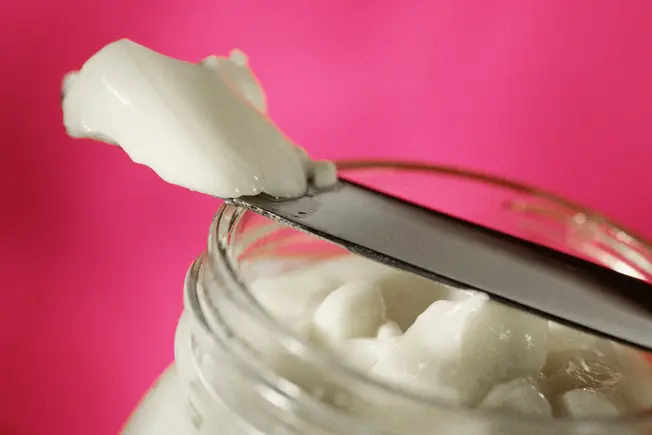
Mayonnaise
2/16
This includes any sauce or salad -- coleslaw, potato salad, aioli -- made with mayo. Throw it away if it's been out for more than 8 hours. And "out" in this case means a temperature higher than 50 F. The same goes if it's passed the "use by" date on the jar.. Also, toss it if it's been left outside in warm temperature for 2 hours or more.
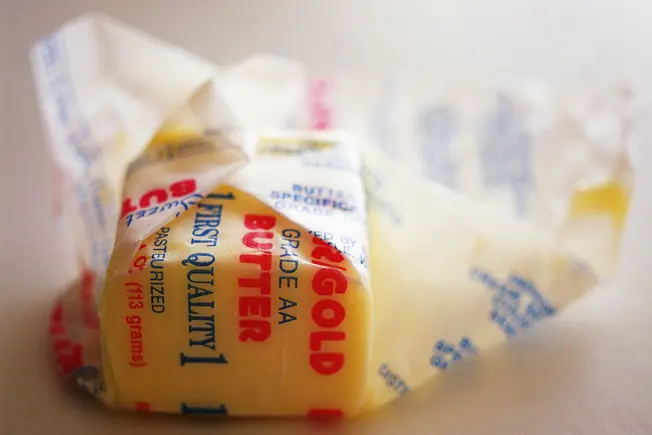
Butter
3/16
Heat, light, and air will turn it rancid, which gives it a sour, unpleasant smell and taste. Fresh from the store, it'll be good in your fridge for up to 2 weeks. You can freeze it for up to 9 months if it's wrapped well in plastic. If you need to soften it, it's fine to leave it on the counter for 10 to 15 minutes.

Milk
4/16
Bacteria grow quickly in milk, so throw it out if it smells bad or it's out of the refrigerator for more than a couple of hours. It'll keep in the fridge for 2 weeks or longer -- go by the expiration date. You can freeze it for up to 3 months, but it'll lose its smooth texture.
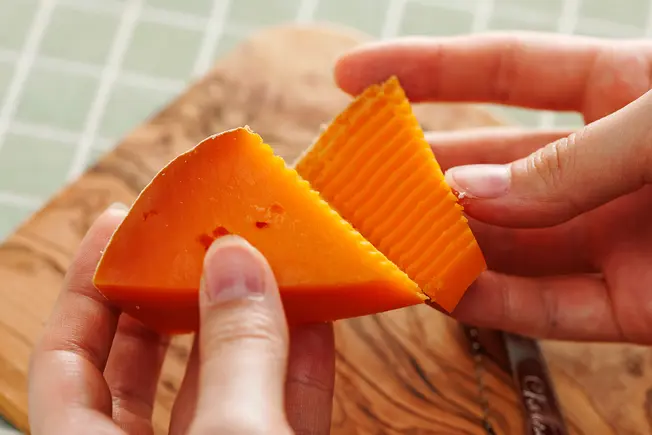
Cheese
5/16
Hard kinds like cheddar can stay good a long time. Just toss them if they start to get moldy. Others are also safe for a while after their "sell by" date. If they're medium-firm, like mozzarella or Muenster, they can last months. Cream cheese is good for 2 to 3 weeks, but soft cheeses like cottage cheese and ricotta only last about 10 days.
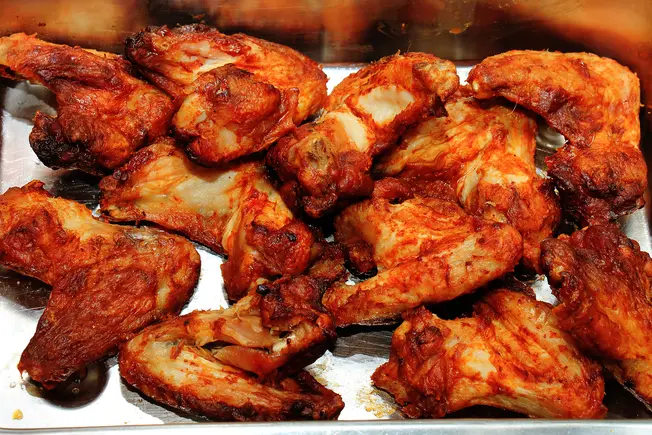
Cooked Meat
6/16
Keep cooked chicken or beef in the fridge and use it within 5 days. Ham can be OK for up to 2 weeks. But it's important to take care when you prepare any kind of meat: Wash your hands with soap and hot water after handling raw meat or fish, and throw away any food that touches the juices. Use different cutting boards and utensils for other food.
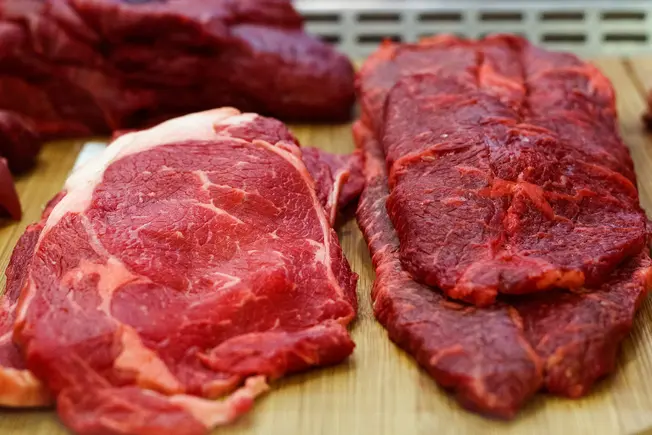
Uncooked Beef
7/16
It should be good for 3 to 5 days in the fridge, but throw it out after that. If it's vacuum sealed, that might give you a few more days. Frozen solid, it stays safe for many months, though flavor and texture may go slowly downhill. Follow this freezer guide:
- Roasts: 6 to 12 months
- Steaks and chops: 4 to 6 months
- Stew meats: 3 to 4 months
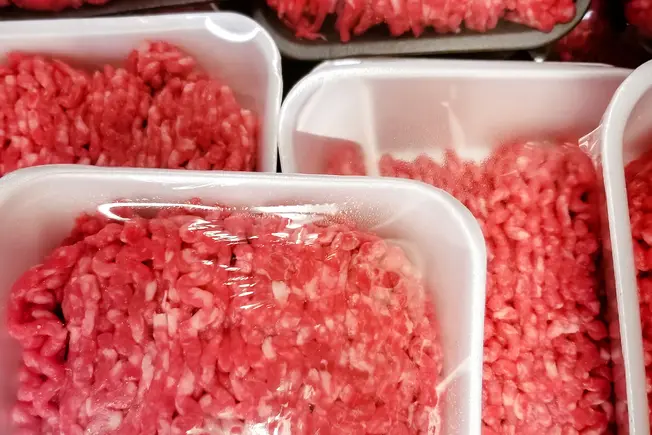
Fresh Ground Beef
8/16
It's natural for it to turn slightly brown -- that doesn't necessarily mean it's gone bad. But it doesn't last as long as whole cuts of beef: 1 to 2 days is all you get in the fridge. Part of the problem is that any bacteria on the surface of the meat gets mixed in when it's ground. In the freezer, it'll keep 3 or 4 months.
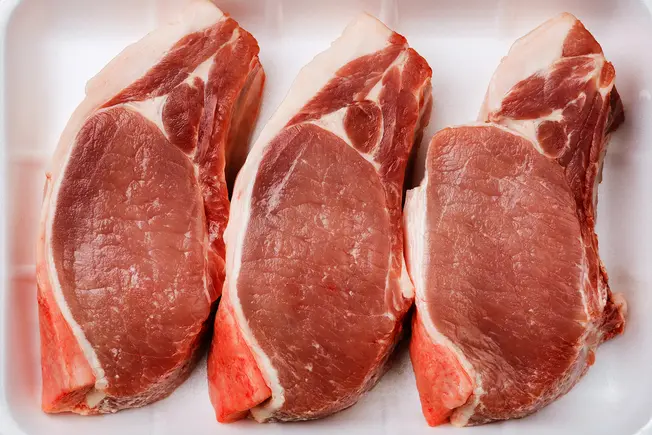
Pork
9/16
Fresh quality cutlets, steaks, or roasts are pink and firm. They should last 3 to 5 days in the fridge, though that can be a good deal longer if it's vacuum sealed. It freezes well for about 6 months.
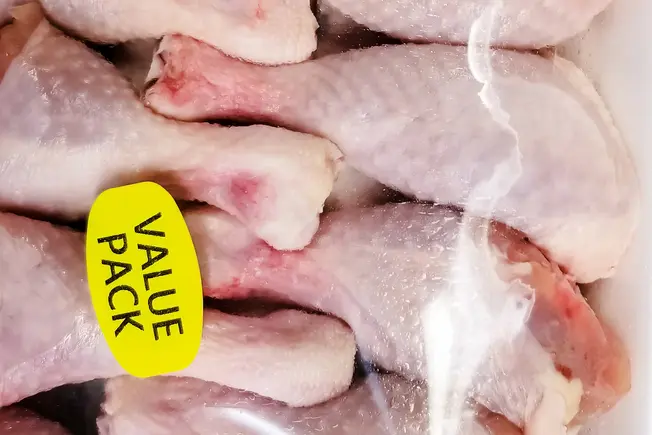
Uncooked Chicken
10/16
Whole, in pieces, boneless, or ground, it's best to use or freeze it within 2 days. If you freeze it, defrost it in the fridge for a day or so. You can safely refreeze it if you don't use it, but that might change the taste and texture. Follow these guidelines for freezer time:
- Whole chicken: 12 months
- Parts: 9 months
- Ground chicken: 3 to 4 months
- Giblets (organs): 3 to 4 months
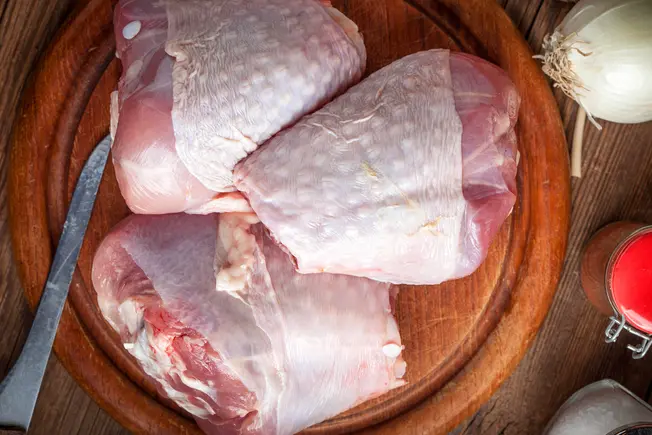
Turkey
11/16
The skin should look cream colored when you buy it. The raw meat just below it can range from pink to bluish. These colors can be different, depending on the amount of fat. Like chicken, it's only safe in the fridge for 1 or 2 days. A whole bird freezes well for about a year before it starts to lose flavor. Once frozen, it'll take about 1 day for every 5 pounds of turkey to defrost in the refrigerator.

Deli Meats
12/16
The first rule is to follow any guidelines or expiration dates on the package. Hot dogs should last about a week in your refrigerator after you open them, 2 weeks unopened. Lunch meat lasts 3 to 5 days once it's opened, 2 weeks unopened. Freezing any of these keeps them safe from bacteria, but quality starts to drop after 1 or 2 months.

Eggs
13/16
These can last 3 to 5 weeks if they're uncooked in the shell in the refrigerator. They don't freeze well whole, whether raw or cooked, but you can beat the yolks and whites together and put the sealed liquid in the freezer. Dishes made with eggs, like casseroles, pies, and quiches, should last 3 to 5 days in the fridge or a month or two in the freezer.
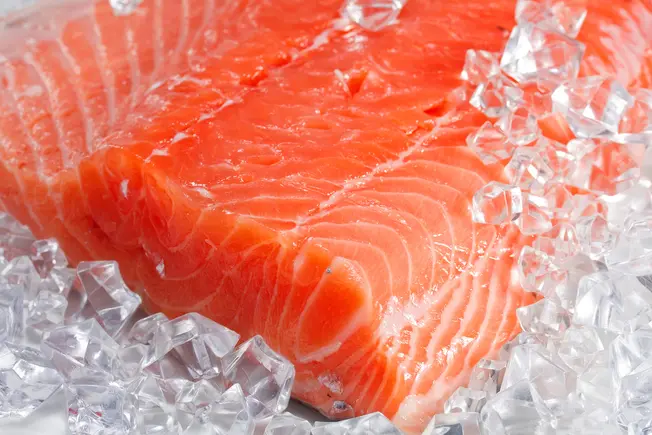
Fish
14/16
Keep it on ice in the fridge. When fresh, whole fish have clear and rounded eyes, not flat or cloudy. Skin is shiny and springy to the touch with no milky slime. Filets should smell fresh and mild and have no darkness or drying at the edges. Toss fish that looks lifeless, feels mushy, or smells. Wrap any you don't cook within 2 days in plastic or foil and freeze it.
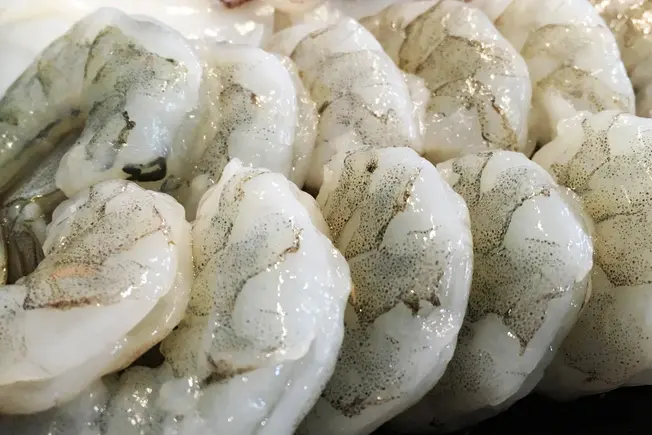
Shellfish
15/16
Bad shellfish can cause serious illness, so don't take any chances. Ideally, you should buy shrimp, scallops, or lobster tails the day you're going to use them. If live, they should close when you flick them with a fork or finger. Toss oysters, clams, and mussels with cracked or broken shells, and throw away anything that seems dead or stuck in the open position.
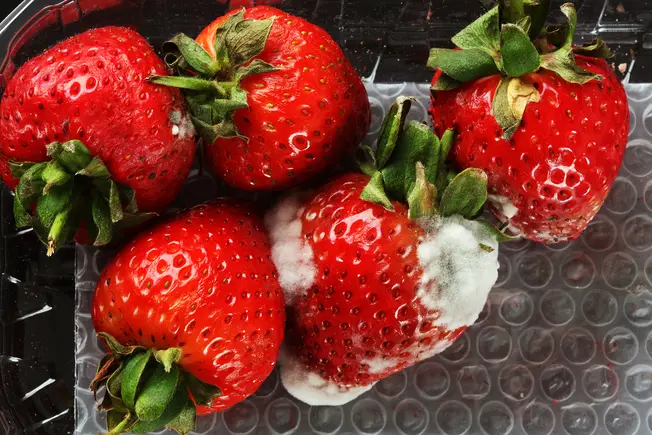
Produce
16/16
Common sense is the rule here. Sometimes you can cut away bruised or faded bits of fruits and vegetables. But if it looks -- or smells -- too far gone, it probably is. Wash all your produce right before you eat it, and if you dry it, make sure to use a clean towel. Store it in the fridge, especially if it's prepackaged. Toss any that comes into contact with juices from raw meat, poultry, or seafood.
IMAGES PROVIDED BY: SOURCES: Clemson Cooperative Extension: "Safe Handling Of Milk & Dairy Products." FDA: "Produce: Selecting and Serving it Safely," "Fresh and Frozen Seafood: Selecting and Serving It Safely." FoodSafety.gov: "Egg Storage Chart," "Refrigerated Food and Power Outages: When to Save and When to Throw Out." MeetSafety.org: "Ready-to-eat Products," "Safe Handling: Chicken," "Safe Handling: Pork," "Safe Handling: Turkey," "Safe Handling: Ground Beef," "Safe Handling: Beef." University of Wisconsin Extension: "For Food Safety Sake:Keep or Toss?" Show Sources
Source: https://www.webmd.com/food-recipes/ss/slideshow-when-to-toss-food
0 Response to "When Yo Throw Out Beef in Fridge"
Post a Comment